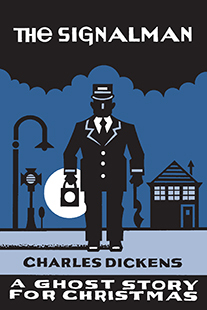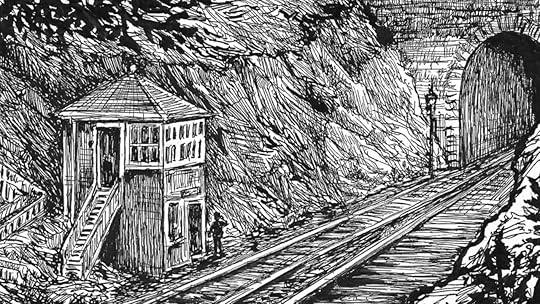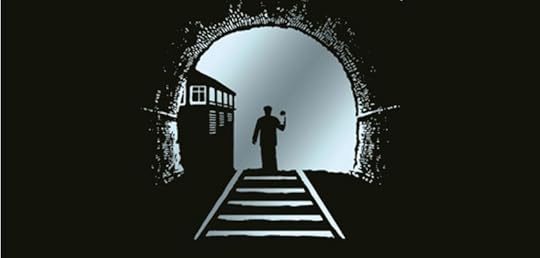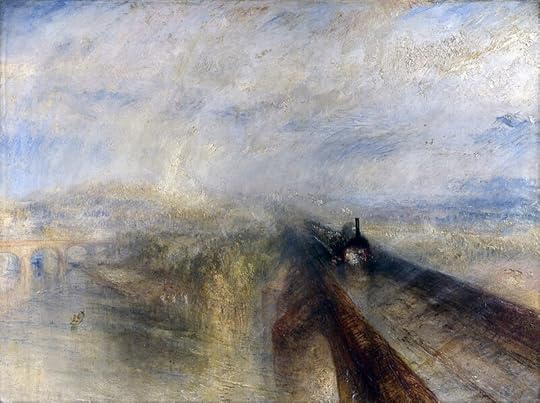What do you think?
Rate this book


51 pages, Paperback
First published January 1, 1866


 come to my blog!
come to my blog!So little sunlight ever found its way to this spot, that it had an earthy, deadly smell; and so much cold wind rushed through it, that it struck chill to me, as if I had left the natural world.
The monstrous thought came into my mind, as I perused the fixed eyes and the saturnine face, that this was a spirit, not a man. I have speculated since, whether there may have been infection in his mind.
